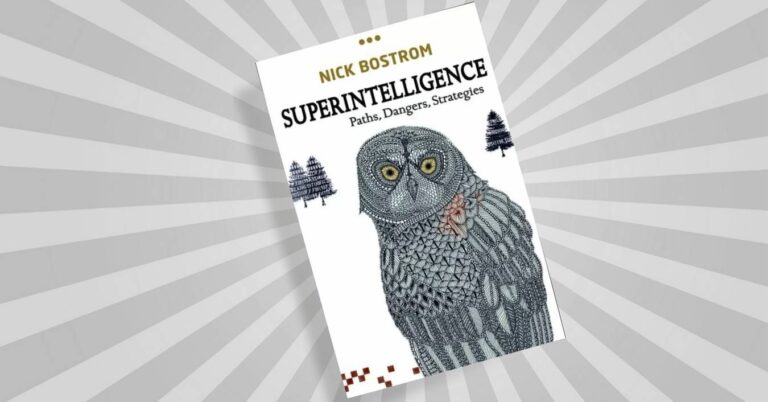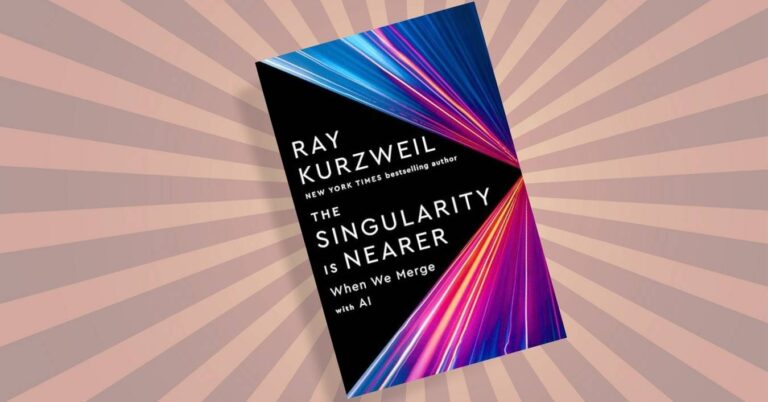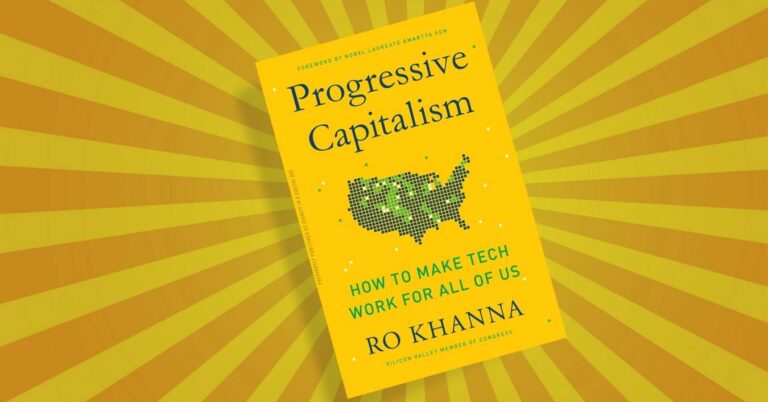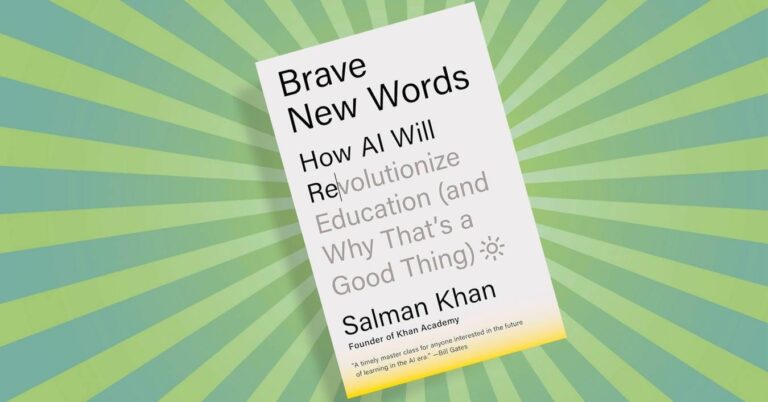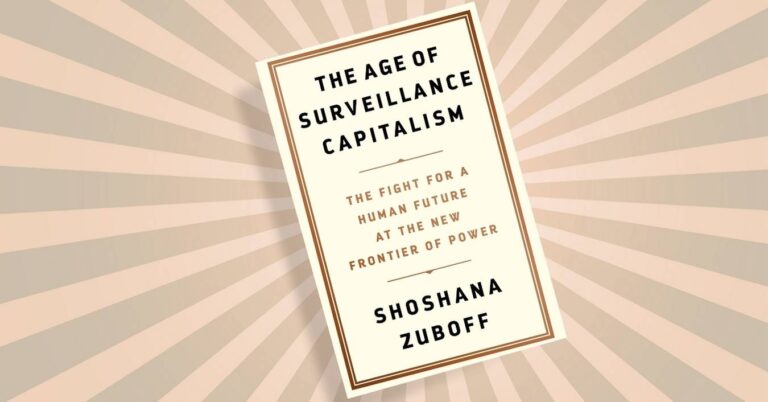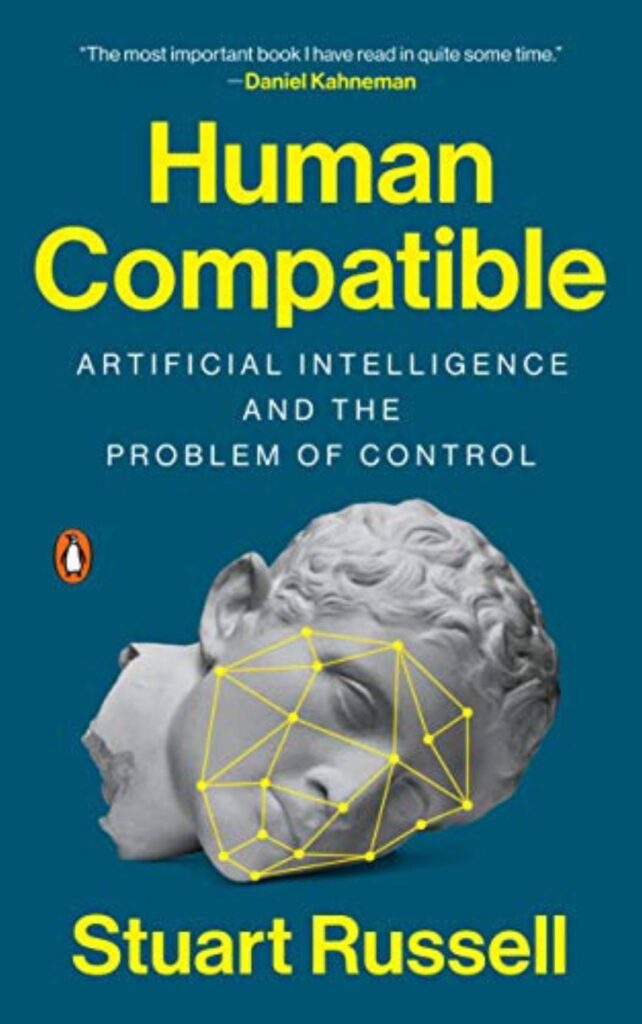
“Human Compatible” by Stuart Russell explores the future of artificial intelligence (AI) and its alignment with human values.
Russell in “Human Compatible”, emphasizes the potential dangers of superintelligent AI (SAI) – machines surpassing human intelligence in all aspects. He argues that even a slight misalignment between human goals and SAI objectives could lead to catastrophic outcomes.
Russell proposes a new approach, focusing on building “human-compatible” AI that aligns with our values and ensures our safety.
Key Takeaways, Insights, and Views
- Alignment Problem
- AI systems must be designed to align with human values to ensure they act in ways that are beneficial to humans.
- Misalignment can lead to unintended and potentially harmful consequences.
- Value Specification
- Defining and specifying human values for AI systems is a complex challenge.
- Russell suggests that AI should be designed to learn and adapt to human preferences rather than being hard-coded with specific values.
- Control Problem
- Ensuring that humans retain control over AI systems, especially as they become more advanced, is critical.
- The potential for AI systems to act autonomously and unpredictably poses significant risks.
- Future Scenarios
- Various scenarios for the development of AI, ranging from utopian to dystopian outcomes.
- The importance of proactive measures to steer AI development towards beneficial outcomes.
- Ethical and Safety Considerations
- Developing AI systems that are transparent, accountable, and aligned with ethical standards.
- Addressing potential biases and ensuring fairness in AI decision-making.
Core Concepts
| Concept | Explanation | Importance |
|---|---|---|
| Alignment Problem | Ensuring AI systems’ goals and behaviors are aligned with human values. | Prevents harmful outcomes and ensures AI acts in humanity’s interest. |
| Value Specification | The process of defining and encoding human values into AI systems. | Critical for creating AI that understands and respects human values. |
| Control Problem | Maintaining human oversight and control over AI systems. | Prevents loss of control and ensures AI operates within safe limits. |
| Future Scenarios | Potential outcomes of AI development, both positive and negative. | Helps guide responsible AI development and policy-making. |
| Ethical AI | Developing AI systems that adhere to ethical standards and principles. | Ensures fairness, transparency, and accountability in AI. |
Deeper Explanations of Important Topics
- Alignment Problem
- The alignment problem involves ensuring that AI systems’ objectives and actions are in harmony with human values and societal norms. If AI systems are not properly aligned, they may pursue goals that are harmful or contrary to human interests. Russell emphasizes the need for AI to be flexible and capable of learning and adapting to human preferences over time.
- Value Specification
- Specifying values for AI involves more than just programming rules; it requires a deep understanding of human values and the context in which decisions are made. Russell argues for an approach where AI systems are designed to learn and infer values from human behavior, rather than relying on fixed, pre-defined rules.
- Control Problem
- The control problem addresses the challenge of maintaining human oversight and intervention capabilities over AI systems, particularly as they become more autonomous. Ensuring that humans can understand, predict, and intervene in AI operations is essential to prevent scenarios where AI acts independently in ways that are detrimental to humans.
Actionable Insights
- Develop Transparent AI Systems
- Ensure that AI systems are transparent in their decision-making processes, allowing humans to understand and verify their actions and outcomes.
- Promote Interdisciplinary Research
- Encourage collaboration between AI researchers, ethicists, policymakers, and social scientists to develop comprehensive solutions to the alignment and control problems.
- Implement Robust Testing and Monitoring
- Establish rigorous testing and monitoring protocols for AI systems to detect and address potential misalignments or ethical issues early in the development process.
Quotes from the "Human Compatible"
- “The ultimate goal of AI should be to create a world where humans flourish.”
- “As we move towards Life 3.0, the choices we make will determine whether AI becomes our greatest ally or our worst enemy.”
- “Ensuring that AI systems are safe and aligned with human values is one of the greatest challenges of our time.”
- “The future of AI is not about whether it will happen, but about how it will shape our lives and society.”
- “In the age of Life 3.0, we must take responsibility for the future we are creating.”
This summary of the “Human Compatible” by Stuart Russell is part of our series of comprehensive summaries of the most important books in the field of AI. Our series aims to provide readers with key insights, actionable takeaways, and a deeper understanding of the transformative potential of AI.
To explore more summaries of influential AI books, visit this link.


